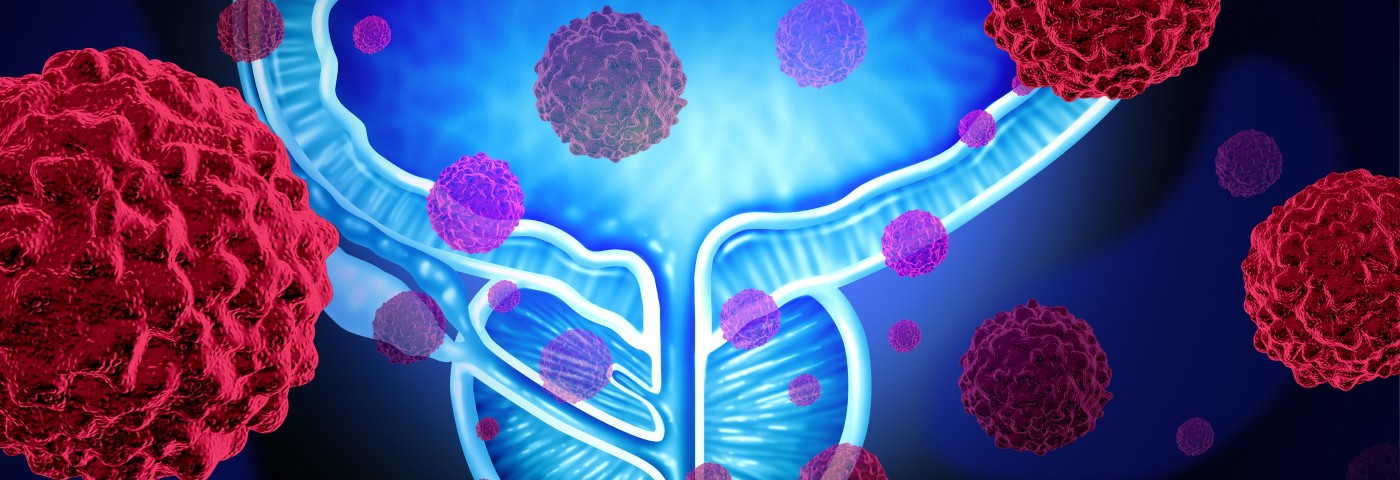Researchers examining diagnostic tests and treatment patterns from a large database of newly diagnosed benign prostatic hyperplasia (BPH) patients observed that the clinical care provided these patients largely followed guideline recommendations, although, unexpectedly, therapy with 5-alpha reductase inhibitors (5-ARIs) was underutilized in patients with large prostates and overutilized in those with small prostates.
The research paper, “Patterns of Care for Newly Diagnosed Benign Prostate Hyperplasia in the United States,” was published in The Journal of Urology.
Benign prostatic hyperplasia (BPH) is a condition that leads to enlargement of the prostate gland and is associated with the onset of bladder outflow obstruction and a series of lower urinary tract symptoms (LUTS), relatively common ailments but ones that can significantly affect a patient’s quality of life. To treat patients with LUTS due to BPH, doctors have a series of clinical practice guidelines regarding treatment management that range from pharmacological options to surgical methods. However, an understanding of diagnostic patterns and care options used to treat this condition is somewhat limited.
Researchers wanted to better understand clinical practice patterns so as to identify possible areas for improvement or further research. The scientists examined the U.S. national database Humedica, an electronic health record (EHR) system, with approximately 25 million patients. The analysis included men first diagnosed with BPH between 2009 and 2012, with the diagnostic tests and treatments stratified by age (those younger and those older than 65) and serum prostate-specific antigen (PSA) levels. A total of 38,252 men met inclusion criteria for the study.
Results revealed that the most common diagnostic tests were serum creatinine (92 percent), serum PSA (76 percent), and urinalysis (52 percent). Treatment courses included watchful waiting (40 percent), pharmacologic therapy (59.4 percent), and surgery (2.2 percent). Men older than 65 and with higher PSA levels were least likely to be placed on “watchful waiting.” Regarding pharmacologic therapy, alpha-blockers were prescribed in 50.7 percent of the cases, and 5-ARI was prescribed in 23–29 percent of cases regardless of PSA level category. Such a result was unexpected, as there is consistent evidence showing that men with larger prostates benefit the most from 5-ARI treatment.
“The majority of clinical care for new-onset BPH was in concordance with guideline recommendations,” the researchers concluded. “Based on PSA values, 5-ARI therapy was under-utilized in men with large prostates, and was over-utilized in men with small prostates.”

